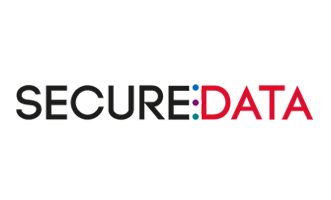Check Point Intrusion Prevention System Software Blade for logistics provider
Categories
Description
Unipart receive the flexibility and control of an in-house solution backed by technical specialists and strategic thought leaders
Overview
Global logistics provider Unipart operates across a range of market sectors including automotive, leisure, marine, manufacturing, mobile telecoms, rail, retail and technology.
Customers include Vodafone, Sainsbury’s, Sky, Homebase, Jaguar and Network Rail.
Faced with an aging firewall estate that required increasing attention, Unipart, after exploring a fully managed service, engaged Bytes Security Partnerships (BSP) due to their ability to minimise capital expenditure and deliver tangible TCO savings without the need to outsource and lose in-house skills.
Challenge
Bytes Security Partnerships (BSP) were invited to tender for the managed service business and decided to reassess Unipart’s requirements.
BSP proposed a new and unique approach which would not only minimise capital expenditure but would deliver tangible TCO savings over a 3 year period with no need for a managed service or loss of in-house skills.
This proposal created a three year partnership, a co-managed service to provide Unipart the flexibility and control of a full in-house solution backed up by BSP’s technical specialists and strategic thought leadership..
Solution
BSP provided a central security solution to support Unipart’s firewall replacement programme which included: Re-organisation of the firewall estate so that only the 8 end of life firewalls needed replacement instead of the 22 quoted in alternative offerings.
This significantly reduced the capital cost of replacements and provided Unipart with commonsense advice on Check Point lifecycle management."Built in” upgrades over the life of the partnership which ensures Unipart will not face an end of life situation during the life of the contract.The introduction of the Check Point IPS and Event Correlation Blades coupled with a range of quarterly audit and health check services to assist Unipart in addressing their ongoing requirements for PCI compliance and rule based management.
This ensures that Unipart reduces its exposure to security risks and can leverage compliance in their bid to acquire new clients.SPARC Monitor gives Unipart an early warning system which enables them to be more proactive through being able to avoid downtime weeks in advance.
The service also provides capacity planning information which will give Unipart a competitive advantage in new business acquisitions.The project deliverables were up and running in under 6 months, this being a challenging implementation for a project of this scale and complexity.
The latest releases of software were also rolled out quickly.
Over the life of the project the Bytes managed system refreshes will future proof Unipart’s security systems. The solution mirrors the simplicity of a managed service at reduced cost and with less internal administration which embraces the principles of the Unipart Way. .
Benefits
By taking on the full range of BSP services (SPARC, SPARC Audit and SPARC Monitor) Unipart has a reduced TCO and leveraged a competitive advantage through working with the right partner.
Bytes Security Partnerships and Unipart have developed a close working relationship and the solution has delivered all the key elements of a fully managed service in the most cost effective way whilst taking advantage of the investments that Unipart had already made..
By choosing Bytes SP to be our security partner, we have gained TCO savings and financial benefits and now have the confidence in our security systems to be able to support our compliance needs.
Services Integration Manager, Unipart Group
Details
Business tasks
Reduce Costs
Enhance Staff Productivity
Ensure Security and Business Continuity
Improve Customer Service
Problems
Unauthorized access to corporate IT systems and data
No IT security guidelines
No control over data access






















